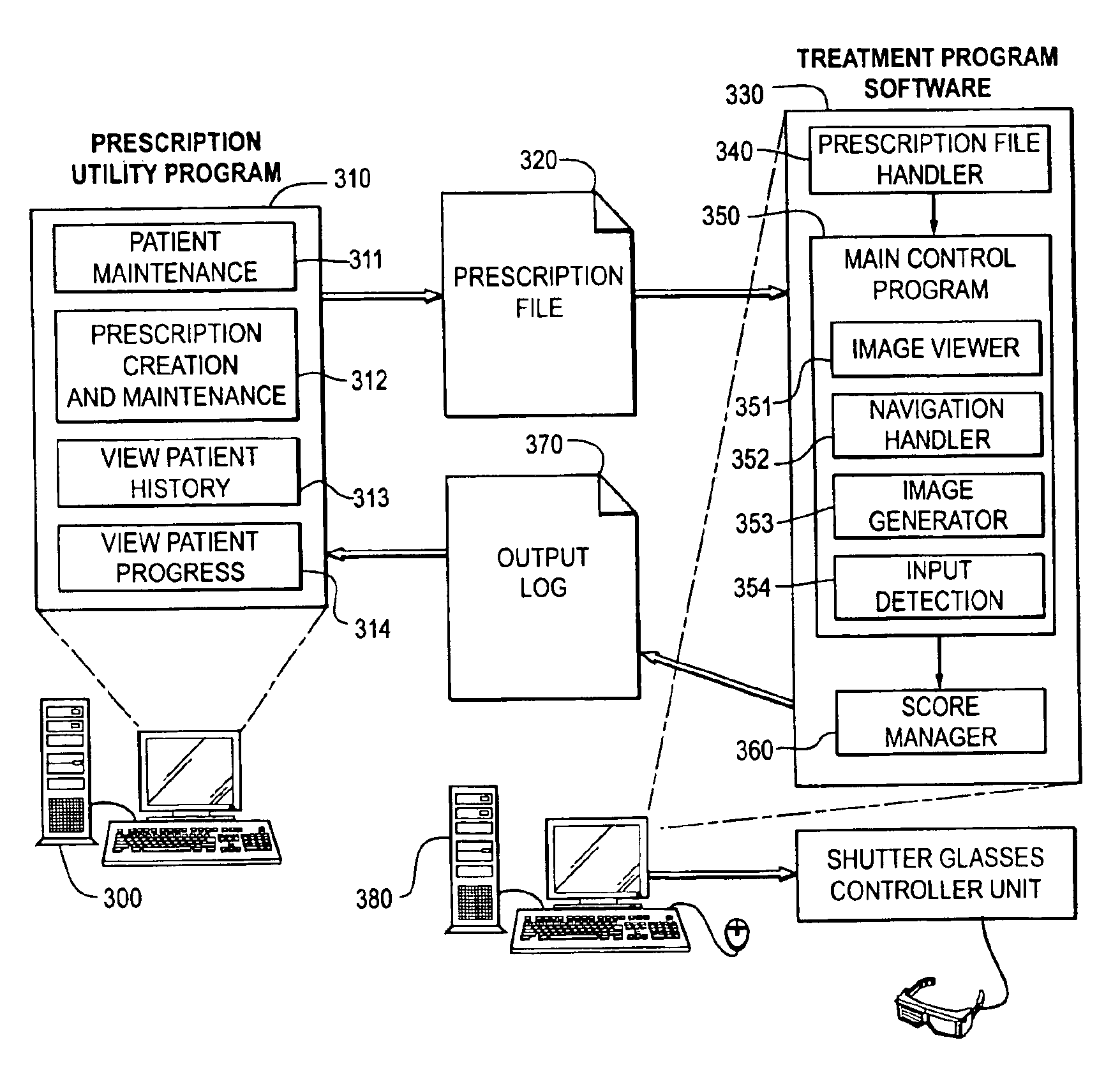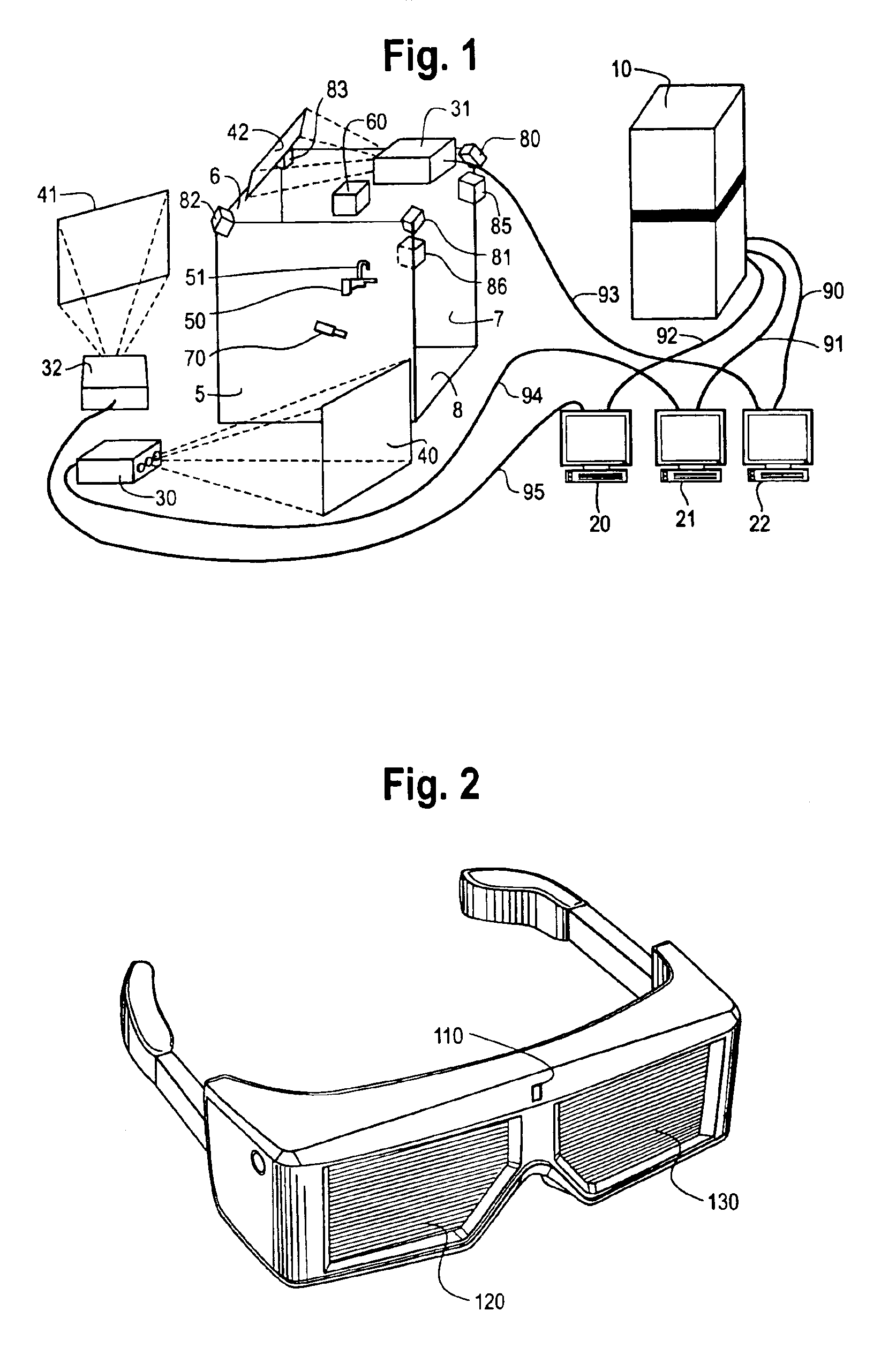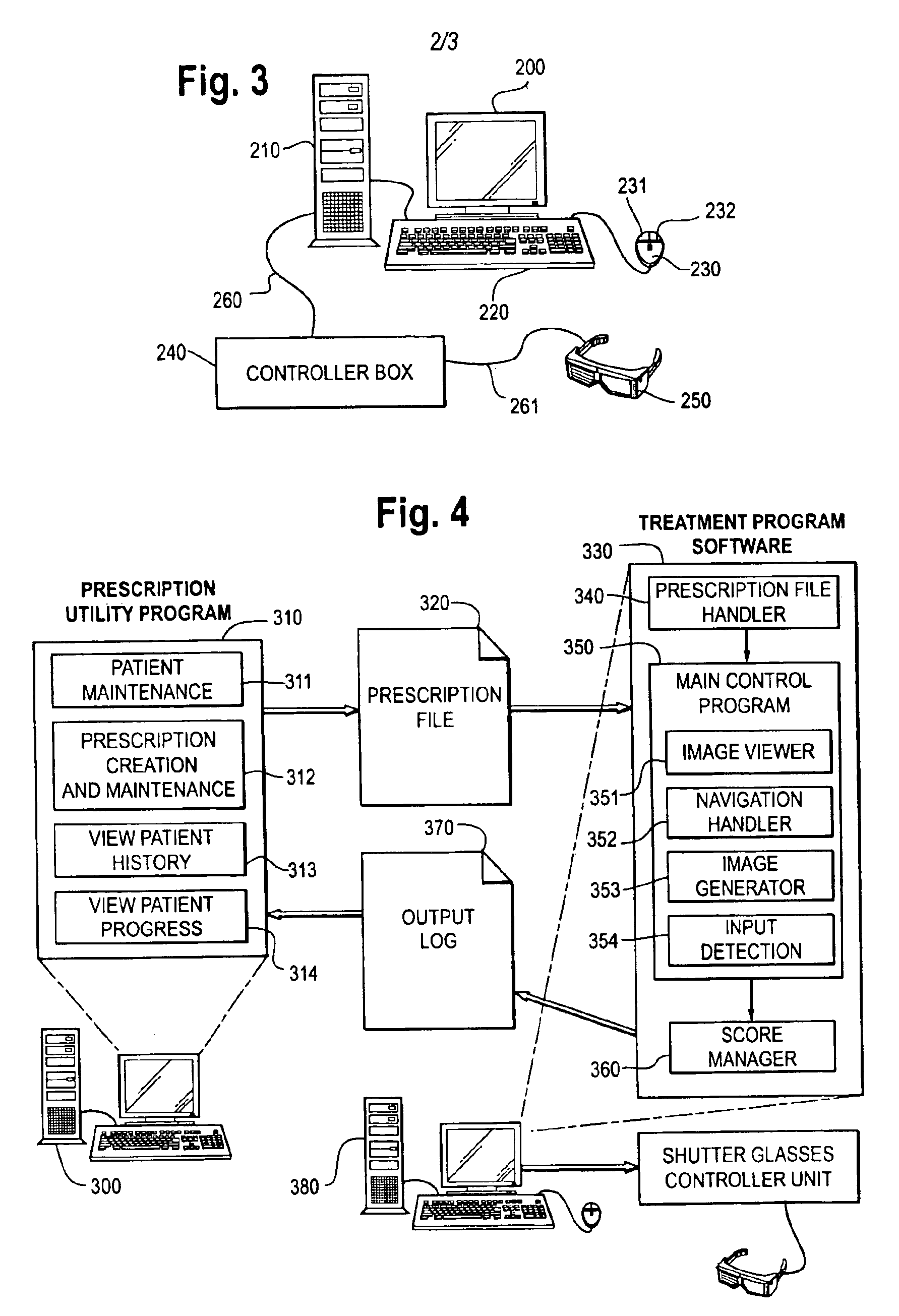Most commonly unilateral, the cause of the problem in amblyopia is that, although there is no obvious structural
abnormality in the eye, there is a problem with central fixation that can cause eccentric fixation in trying to see a target toward which the two eyes align or try to align.
Although some eccentric areas can see surprisingly well, when vision is not central, a suppression scotoma, or area not seen by the eye, develops at or near the
foveola, fovea or macula, getting worse as fixation moves further from the macula.
The drive for fusion necessary between the two eyes to see one image for stereo vision will not be sufficient.
Significantly, without treatment, if the visual pathways in general do not develop, visual stimuli in later life will not compensate sufficiently for complete
perception, nor will stereoscopic vision be possible.
Additionally, if amblyopia is left untreated and the sound eye becomes permanently damaged, for whatever reason, the amblyope will be forced to rely solely on the amblyopic eye.
Over time, inability to fuse can cause the suppression of vision in the non-fixating eye which becomes amblyopic.
Alignment, however, can cause secondary problems and will not conclusively correct amblyopia.
The issue lies in best corrected vision, because, whether uncorrected or corrected the images produced are different sizes, a phenomenon known as aniseikonia, perceived best after correction of
refractive error.
Additionally, severe astigmatic
refractive error can produce amblyopia along ametropic meridians, which may limit the effectiveness of astigmatic contact lenses in treating meridional amblyopes later in life.
Corneal opacities, either congenital or early traumatic, sometimes can be treated surgically, but the best correction post-op such as with a
contact lens does not often yield good vision.
Corneal and any media
opacity can lead to amblyopia.
Retinal or
optic nerve disorders, or any central
brain disease or damage affecting the visual pathways, can lead to permanent uncorrectable vision loss or deprivation effects.
Certain
retinal and central brain diseases are not always detectable in early patient examinations, leading to treatment
delay that can cause amblyopia.
This is potentially related to amblyopia because of the possible phenomenon of the
retinal spread of photoreceptors in some cases contributing to eccentric fixation and therefore causing amblyopia.
Progression of letters using Snellen is a linear function, which is not a mathematically effective measuring system.
One difficulty clinicians face in measuring
visual acuity, especially in amblyopes, is the
crowding phenomenon, also known as contour resolution or contour interaction, in which patients have difficulty resolving closely spaced contours and recognizing the patterns formed by the contours.
For purposes of visual acuity testing, even the interaction between a single symbol and the line formed by the edge of the chart can cause contour resolution problems and corresponding difficulties in accurately measuring visual acuity.
Such treatment has been successful, but has significant drawbacks.
The patches are uncomfortable, and until the vision in the amblyope's eye has recovered to normal visual acuity (if ever), the amblyope's reduced vision exposes the wearer to risks such as injury from not having
peripheral vision on the patched eye to see approaching objects during normal activity.
Because patch occlusion is normally used on young patients, wearing the patch can also
expose the patient to teasing by other children.
Other issues include
skin irritations from the patch and the materials used to attach it.
Because of these issues, patients frequently do not wear the patch for the full amount of time prescribed by the clinician, causing parental or guardian distress.
This makes it difficult for a clinician to measure the amount of time that the patient's sound eye was actually occluded, known as the compliance time.
Patient and parent compliance estimates are notoriously unreliable, as either there is a general desire to please the clinician by reporting what the patient or parent thinks the clinician want to hear, or the patient and / or parent may give up estimating compliance time altogether.
Because of these deficiencies, the clinician cannot determine the actual compliance time and is frustrated by the inability to accurately prescribe future treatment.
For example, there are black lenses to completely occlude, which have the
disadvantage of the patient knowing occlusion is occurring.
Lens penalization is undesirable because it is easy to circumvent by removing the glasses or
contact lens.
Drug penalization methods are not ideal because
bioavailability, which varies from patient to patient, causes the drawback that the
drug can affect other organs including the amblyopic eye, causing it to defocus, thereby increasing the risk of no improvement in the amblyopic eye, or worse, that the better eye becomes amblyopic.
The unpredictability of the correct dosage and application of the
drug makes the correct prescription cumbersome for the clinician.
Because there has been no way to accurately enforce or measure
treatment compliance time with patch occlusion, lens or
drug penalization, it has been very difficult for a clinician to judge the penalization in any form and prescribe accordingly.
Similar issues exist with prescribing the correct duration and frequency of the occlusion therapy, which varies from patient to patient.
Fielder notes that compliance is still difficult to measure and only discloses measuring compliance in the context of band-aid patching.
Fielder does not disclose any interactive system for treating amblyopia, and Fielder's device shares the attendant disadvantages of band-aid patch occlusion as described above.
The amount of interactivity in such systems, however, is limited.
This complexity limits the use of the system to
older patients, bypassing younger patients in which occlusion treatment is most effective.
Also, using older, lower-risk patients requires fewer safeguards than younger patients, and despite showing some improvement in subjects with severe amblyopia,
Diamond does not provide a representative sample of the
population known to be in need of
standard of care.
The limited interactivity of the system also reduces the effectiveness of the therapy.
The limited amount of characters displayed by the device also increase the risk that the patient will memorize the sequence of characters, or guess the correct character without actual recognition.
Such limitations limit the ability of the clinician to rely on the results of the system.
A further
disadvantage of the
Diamond systems is that the patient is aware when he or she has reached a certain target visual acuity level, because the patient is required to report the information to the clinician.
Eydelman does not disclose, however, any form of occlusion other than the standard patch.
While Eydelman discloses recording results, and monitoring and adjusting visual parameters, Eydelman does not disclose a method for precisely measuring occlusion compliance time.
A further detriment to such systems is that with patch occlusion, the patient is conscious of which eye is occluded, which may limit the effectiveness of the treatment.
Both the
Diamond systems and the Eydelman system also require an auditory cue to the patient in order to indicate targeting success or failure, restricting use of the system by patients with hearing problems.
Previous interactive systems also suffer from a lack of safeguards on improper use.
This allows the patient to more easily memorize the progression of treatment, and may lead to a patient correctly guessing the correct image without actually achieving the indicated level of visual acuity.
Marcy, however, only discloses the use of the
shutter glasses for occlusion as a treatment for improving
stereopsis, not amblyopia, and furthermore does not suggest any mechanism for utilizing the
shutter glasses in an interactive system for accurately measuring the compliance time and visual acuity.
 Login to View More
Login to View More  Login to View More
Login to View More 


